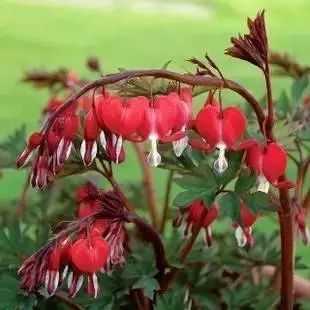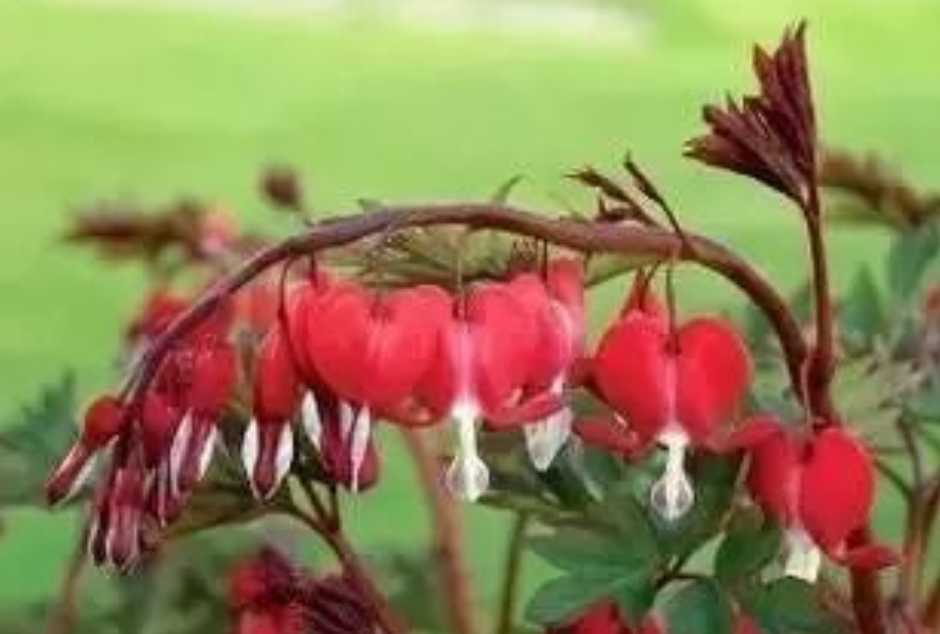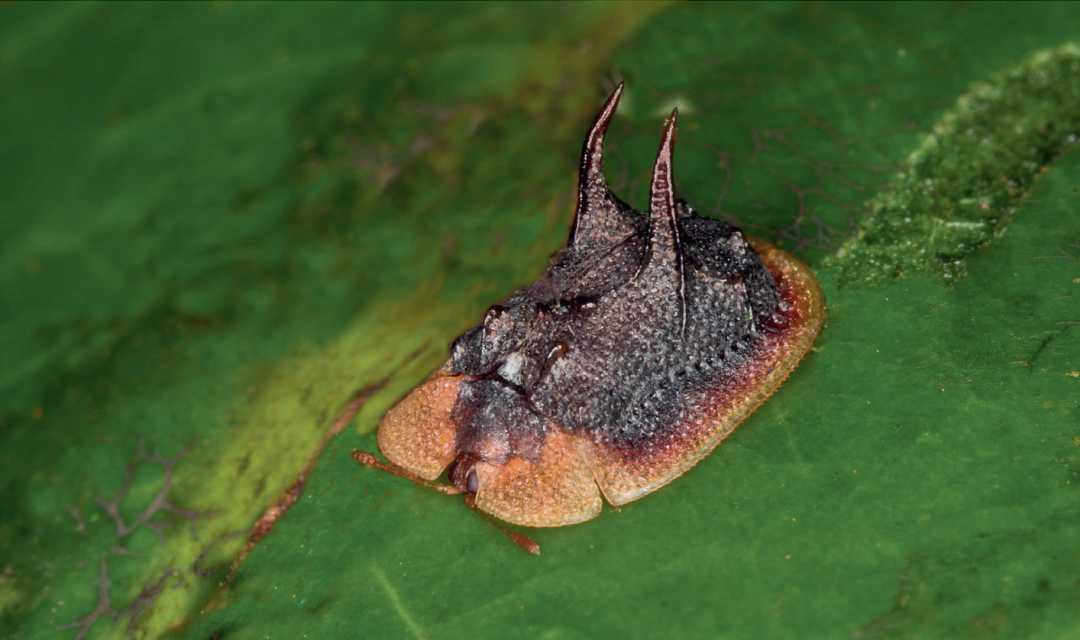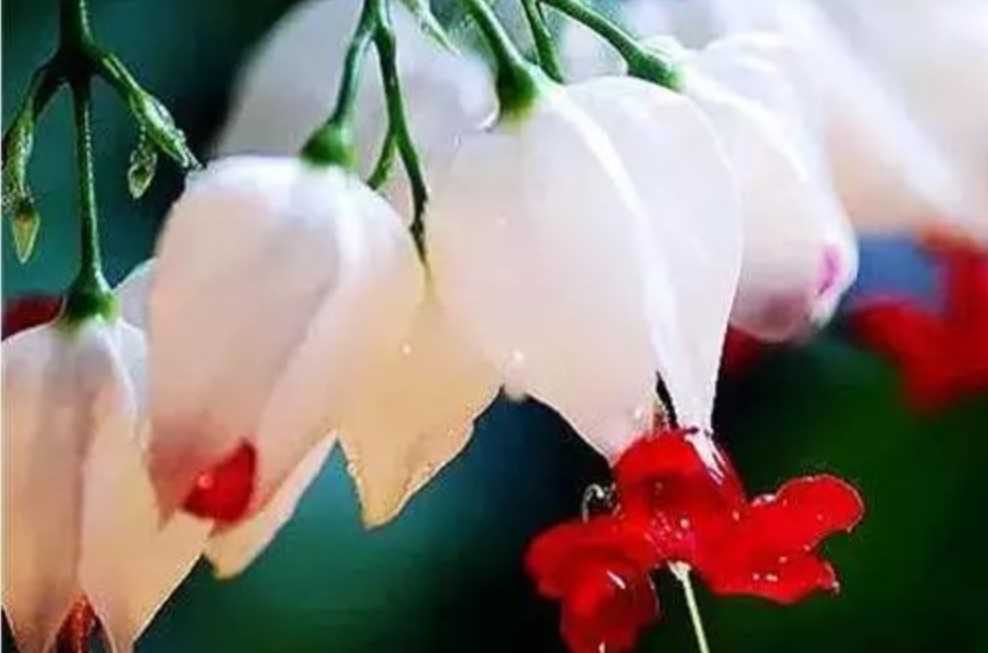Vibrant Dutch Peonies: A Floral Legacy of Horticultural Excellence
Dutch peonies (Paeonia lactiflora hybrids) have long reigned as symbols of horticultural mastery, blending centuries - old breeding traditions with modern innovation. Native to China but perfected in the Netherlands’ nutrient - rich loams, these perennials dominate global markets, gracing gardens, bouquets, and cultural events with their opulent blooms.

Source: Images from the Internet, if there is any infringement, please contact the removal of
The plant’s allure lies in its double - flowered cultivars, where petals can number in the hundreds, forming spherical or cup - shaped blossoms up to 20 centimeters in diameter. Colors range from pure white and soft pink to deep burgundy, often with subtle gradients or golden stamens peeking through. Varieties like ‘Sarah Bernhardt’ (blush pink with ruffled edges) and ‘Coral Charm’ (transforming from coral to peach) showcase the breeders’ artistry. Foliage is equally striking: deep green, divided leaves create a lush basal mound, providing a dramatic backdrop to the flowers. A single stem can bear 1 to 5 blooms, with cut flowers lasting up to 10 days—a key trait that fuels the Netherlands’ role as the world’s top peony exporter.
Cultivation in the Netherlands hinges on ideal climatic conditions: cool winters for dormancy and mild springs for prolonged blooming. Growers plant tubers in autumn, spacing them 60 centimeters apart in well - drained, lime - rich soil. Mulching protects roots from frost, while meticulous pruning and disease management ensure healthy growth. The country’s peony industry, worth millions annually, combines tradition with technology—greenhouse cultivation extends the natural May - June blooming season, while tissue culture preserves rare cultivars. Yet wild peony species face threats from habitat loss, prompting Dutch nurseries to support conservation efforts in their native ranges. As symbols of prosperity and romance, Dutch peonies endure not just as floral commodities but as living testaments to human ingenuity in harnessing nature’s beauty.
-------- END --------






